DOG TRAINING OFFERED IN-PERSON AND ONLINEOur dog training services are delivered in almost any format that meets your needs. We have GROUP CLASSES at our indoor and outdoor facilities on our farm, ONLINE LIVE STREAMING classes, and SELF-PACED VIDEO-BASED training through our Online Dog Training Course. Our PRIVATE TRAININGS can be done in-home, outside, in public dog-friendly locations, at our facility on our farm, online via phone or video conferencing and through email. |
In my earlier post on this subject, I started the discussion of what to do when a dog misbehaves. First, we need to ensure the dog understands what is expected. Then we need to make sure we have provided appropriate incentives for doing what is expected. Let’s say you’ve done all that, and now he misbehaves.
First, ask yourself if this is a new context or situation. If so, revisit whether your dog understands and has been provided appropriate incentives under this level of distraction or temptation. If not, you might need to go back and do some additional work. OR, you’ve backed off on the incentives and are no longer rewarding your dog. You might need to go back to increasing the value for doing as you ask.
Let’s say you’ve done all that, and your dog simply has a moment of adolescent rebellion and does what he wants anyway. How do you respond? My next step will be to examine the situation and determine WHY my dog is doing what he’s doing. What is he getting out of it? Why is there more value in doing something other than what you want him to do?
Since I can’t examine every possible situation, I’m going to give you an example straight from my own current experience. (March 2012) Romeo, my Vizsla, is normally walked twice a day, mostly on our acreage. He starts out on a 20 foot line and then is released to run off-leash once we are up away from the house and road, where the bunnies tend to be in highest concentrations. He is allowed off-leash if he is making good choices (staying on our property) and responding when asked (checking in, waiting, or whatever else is asked of him).
Yesterday, he ducked under the barbed wire fence (our property boundary) and disappeared into the scrub oak. He did not respond right away, and it took a minute or so before he returned. So, what did I do when he returned? Please note here that he did return, just not as quickly as I expected. First, no matter how upset I might be at that moment, it is NOT a good idea to scold or get harsh with him. If I do, I am simply punishing him for RETURNING TO ME. I never want to make returning to me a bad thing, or he might stop doing it!
So, what then was his consequence for running off beyond his approved boundary and not responding to me in a timely manner? Romeo loves his freedom, loves to explore and loves to follow scents. The consequence for him, then, is to lose his freedom. By not doing what was expected, he indicated to me that he was not prepared to make good choices, so the consequence was to limit his freedom and therefore his choices. I will give him as much freedom as he is capable of handling. Clearly, he was not capable, at that time, of handling the degree of freedom he was given. So, I could help him to make better choices and remind him of my expectations by putting him back on his 20 foot line, and/or by requiring him to walk “with me” (which for Romeo means, “you need to walk beside or behind me within arms reach”) for the remainder of the walk.
Sometimes, his consequence will last for the remainder of the walk, for a day or two, or perhaps even a week. I decided to give him another chance today. I kept him on the leash for the first part of the walk, testing his responsiveness to me on leash first. Since he did well with that, I allowed him off leash, but frequently tested his responses and did not allow him to wander too far. Today, he did great. He demonstrated that he was capable of making good choices today, so he earned back his freedom – for now.
Should there be consequences to misbehavior? Yes, but make sure the consequences are intended to be instructive and help your dog learn to make better choices in the future. Do not provide consequences that simply alleviate your frustration but do nothing to help your dog learn from the situation.
Our goal is to positively impact the lives of as many dogs and their families as we can, in part through our extensive library of video, infographics and text articles. |

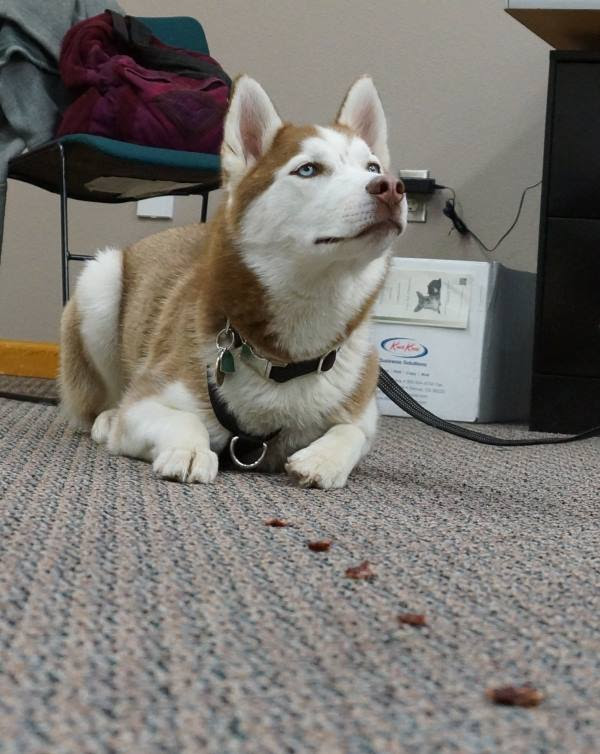
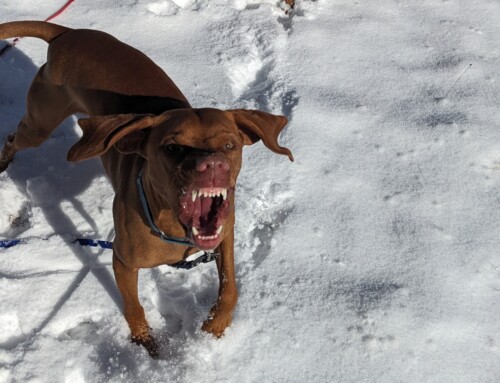
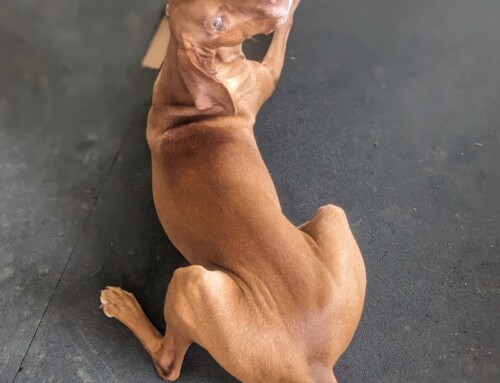

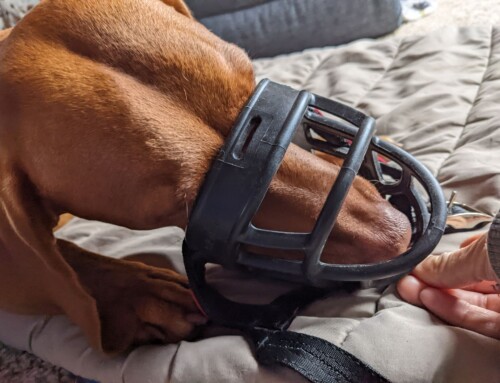
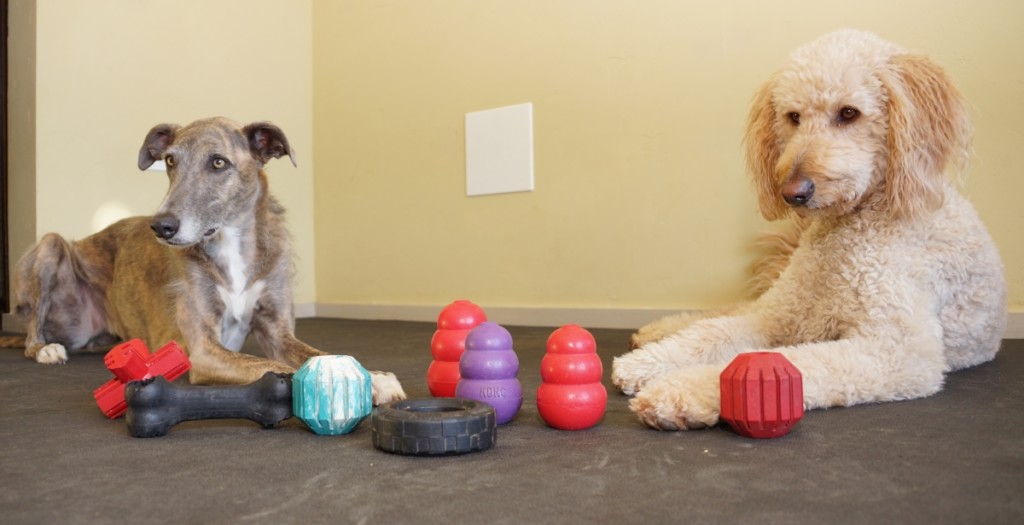
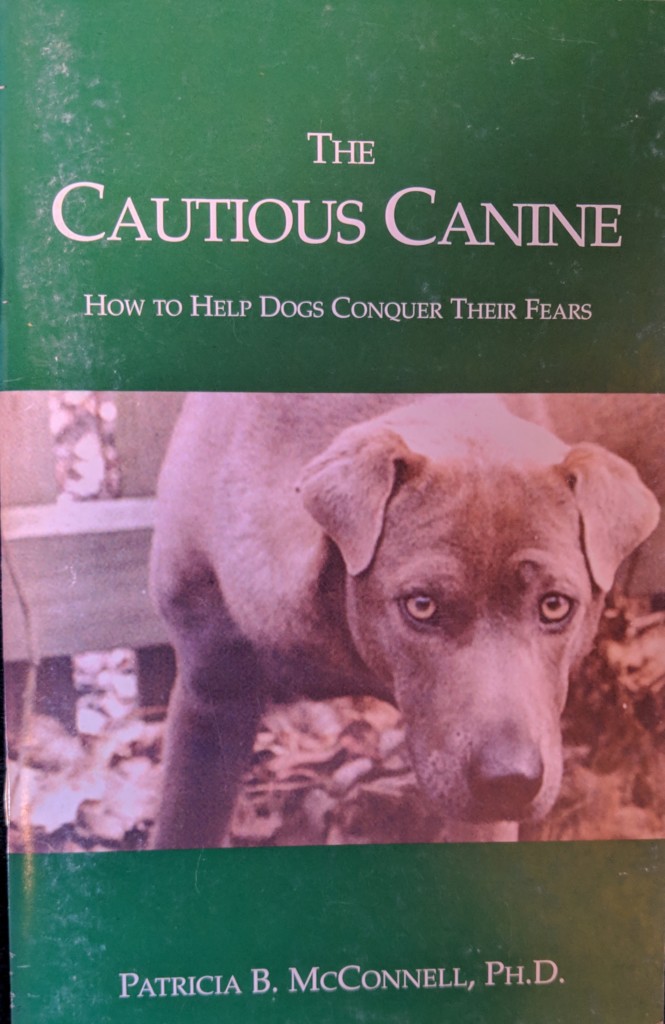
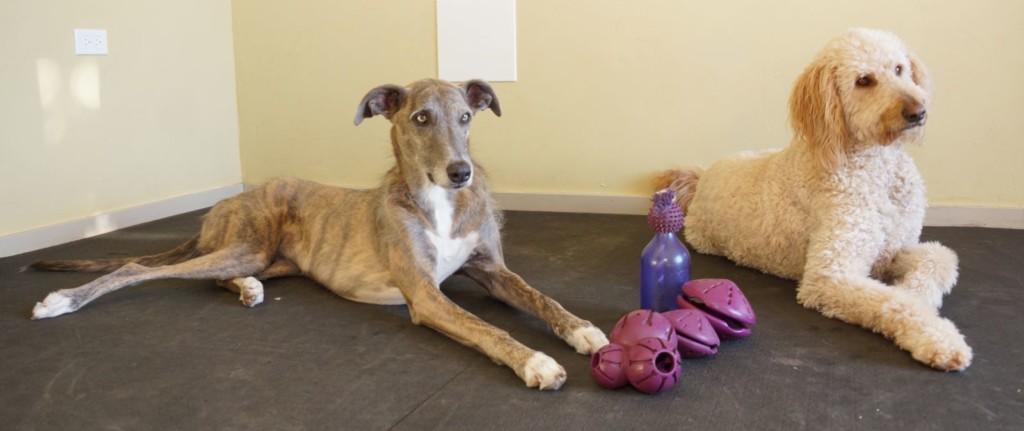
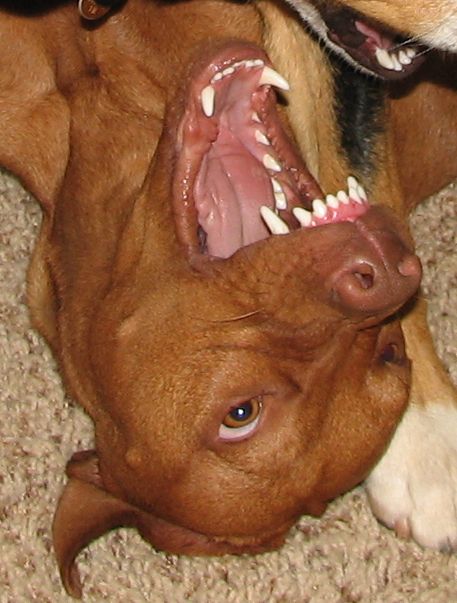
It really isn’t a whole lot different than raising responsible children. Give them only as much freedom as they’re capable of handling.
If you had Romeo on the leash and he wasn’t responding to you, what would be the consequences then?
Haina, the consequence when Romeo is on leash and not responding can be a variety of different things depending on the circumstances. For example, if he pulls on the leash, the consequence is that I stop forward motion. If he returns to me in a timely manner, we proceed forward. If he continues to pull and does not return to me or is getting too excited about something, the consequence might be turning and walking in the other direction. These are just a couple of examples, but I choose the consequence based on the situation at hand.